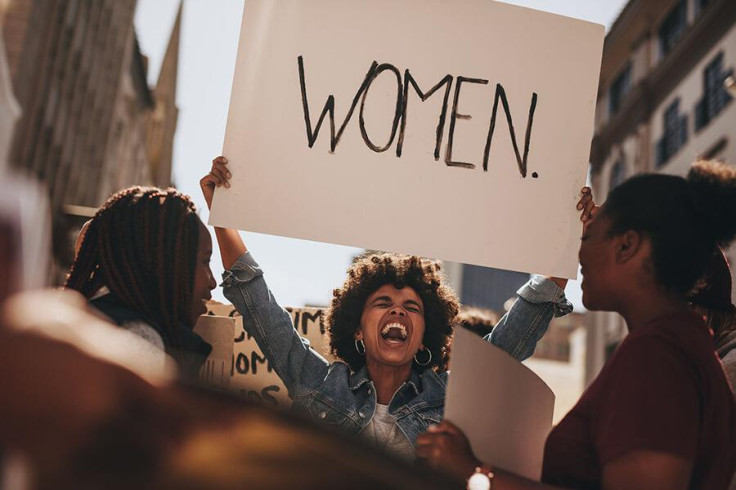Has the global representation of women in the workplace improved in 2023?
Women's representation in the workplace has improved over the years worldwide but still remains weak in certain areas, especially for Asian female employees.

It is no surprise that the majority of women around the world are striving for equal representation and treatment. Although we have come a long way over the years, women only reached the right to access fundamental rights about 100 years ago.
According to the latest United Nations Women's report estimations, gender equality will be reached in about 300 years. Moreover, the gap and scarcity of rights acquisition for women is particularly striking between Western and Eastern countries.
Based on the recently released Women Peace and Security Index, the worst-performing countries are in Africa, Asia and the Middle East. Women in those areas are suffering the economic and social consequences of deeply rooted patriarchal cultures and societies.
The latest research report published by Homeworkers Worldwide speaks about an alarming and unfair reality for women in India, Nepal and Pakistan working in factories supplying major fashion brands who cannot enjoy the same labour rights as their male peers.
Around 92 per cent of them declared being paid less than the national minimum wage, having no access to any social protection and thus are not eligible for sick pay, paid leave or even health care. This working precarity is unfortunately extremely common in Asia and the Middle East.
To avoid the stress and struggles of working in factories, many South Asian women choose to work from home which allows them more flexibility between their professional and domestic responsibilities.
Where do female employees need gender equality?
As reported by Rakesh Supkar, India's Business Head for Transform Trade, 50 million of those homeworkers in South Asia represent a crucial piece of the global fashion supply chain. Organisations such as Transform Trade are fighting for homeworking to be legitimised and recognised by the supplied fashion brands.
Out of 250 major brands and fashioned retailers featured in the 2022 Fashion Transparency Index report, solely 28 per cent declared having established homeworking policies and just seven per cent of them claimed to be making an effort to improve those working conditions.
Homeworkers Worldwide has also reported that the previous health crisis has greatly affected female homeworkers. Due to the governmental and industrial policies during the epidemic, female employees faced restricted salaries and no access to social security or health care, even when facing high health risks.
Many of them lived in overcrowded areas with little access to basic healthcare and were completely dependent on the brand's uncertain dynamic leading to chaotic working conditions and protection.
Lucy Brill, Director of Homeworkers' charity, Homeworkers Worldwide, stated that there is an undeniable need for fashion brands to make visible this specific group of workers and grant them the value and commitment they deserve. Thus with new industrial and governmental policies, we increase the future of fashion transparency when it comes to homeworking supplies.
Furthermore, homeworking is not the only sector where women are not considered. In recent times, male-dominated teams and working sectors do not adapt to women's needs.
Sarah Dixon is an Enterprise Sales and Commercial Director at Jonhsons Control, she puts forward the many progress and improvements made for women within society and specifically the workplace. However, she also emphasises the need for a more collaborative and inclusive culture for better workforce diversification in all sectors.
Aspects such as maternity or menstrual leave are still unrecognised inequalities within the workplace with no specific changes designed for them. Spain has recently been the first European country to pass a new law allowing employees undergoing painful menstruations to take "paid menstrual leave" from work.
To reach fully viable and sustainable gender equality is asking for all sides of the world to upgrade their policies and modify their vision. We are reaching towards gender equality and real long-term globalisation where all countries can be equally interconnected on that account.
© Copyright IBTimes 2025. All rights reserved.





















